Dangerous Goods Shipping from China Regulations
There are six types of battery goods in the freight forwarding industry.
PI965, PI966, PI967, PI968, PI969, PI970.
Before starting the introduction, let us learn a few concepts in international shipping.
IATA, it is the International Air Transport Association, a global trade organization that develops commercial standards and issues dangerous goods regulations including air transport standards for dangerous goods.
ICAO, it is a UN agency with jurisdiction over international civil aviation issues.
IATA’s Dangerous Goods Regulations are based on the International Civil Aviation Organization’s ICAO Safe Transport Technical Regulations.
DGR Dangerous Goods Regulations, A globally unified professional book on the identification, classification, marking, declaration, and transportation of dangerous goods by IATA.
PHMSA is the Department of Transportation and Hazardous Materials Safety Administration of the US Department of Transportation. It is responsible for the development of regulations for the transport of dangerous goods under various modes of transportation within the United States. This is specifically pointed out that battery cargo to the United States and even the world is also related to it.
Currently, there are available in a wide variety of battery types.
Many types of batteries are regulated hazardous substances during transportation, also known as dangerous goods.
Package instructions for batteries shipping:
Inner packaging requirements:
- All batteries require parameters (voltage V, capacity MAH, model), and all wires must be insulated.
- Independent packaging: one battery is equipped with one bag and then packed in inner box
- Pallet packaging: each battery should not be touched and shaken.
- Card slot packaging: one battery, one slot, fixed, not shaking

Outer packaging requirements:
- The minimum volume of the outer casing of the battery can not be lower than 2.5KG, which is convenient for the single order.
- The outer box should be hard, clean, not sealed with yellow plastic paper, and the edge of the carton should not be cut;
- The ordinary outer box can not exceed 10KG, and the UN box can not exceed 30KG.
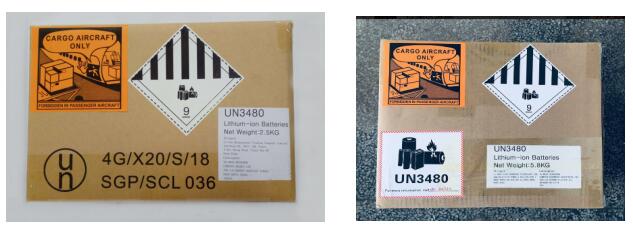
In the “United Nations Manual for the Transport of Dangerous Goods and Standards”, the “Dangerous Goods List” and the “List of Correct Shipping Names for General and Unspecified Items” are used to find the corresponding shipping information by UN number, which is included in the Dangerous Goods List. Relevant information such as its category, packaging type, special regulations, and precautions. Therefore, according to the UN number, there are nine types of batteries that we commonly come into contact with.
Some of the battery types listed above may not need to be transported in full compliance with hazardous materials/dangerous goods, such as UN3028 batteries, dry, with solid potassium hydroxide, such as conventional dry batteries or consumer alkaline batteries. Short-circuit protection measures can be completely free of regulation.
When the freight forwarder talk about lithium batteries, it actually refers to two types of four:
UN3090 lithium metal battery.
UN3091 Lithium metal battery installed in the device, or lithium metal battery packaged with the device.
UN3480 lithium ion battery.
UN3481 Lithium-ion battery installed in the device, or lithium-ion battery packed with the device.
IATA Lithium Battery Guidance Document
Lithium batteries are classified in Class 9 – Miscellaneous dangerous goods as:
• UN 3090, Lithium metal batteries;
• UN 3480, Lithium ion batteries that installed inside of the equipment or packed separately with a piece of equipment.
• UN 3091, Lithium metal batteries contained in equipment.
• UN 3091, Lithium metal batteries packed with equipment.
• UN 3481, Lithium ion batteries contained in equipment.
• UN 3481, Lithium ion batteries packed with equipment.
The lithium battery itself belongs to the ninth category of dangerous goods: the dangerous goods attribute of the lithium battery causes all the goods with lithium batteries to be dangerous goods, but the lithium-ion battery goods that have been packaged according to the DGR requirements can be transported under relatively loose conditions.
Although all lithium batteries are classified as dangerous goods, there are exceptions. For common small lithium batteries (button batteries), the air transportation regulations are relatively simple.
There are two major categories of lithium batteries:
1. Rechargeable lithium ion battery
- Sometimes called “secondary lithium battery”
- This includes lithium polymer batteries
- These batteries are commonly used in common electronic devices such as cell phones and laptops
2. Lithium metal batteries
There are usually not rechargeable. Sometimes called a “disposable lithium battery” DGR has a detailed description of the transportation requirements of each dangerous goods. Lithium battery products are dangerous goods, which can be transported under relatively loose conditions after being packaged.
Then the requirement of this packaging processing is reflected in the Packing Instruction of the packaging and transportation instructions. PI965 refers to the 965th packaging processing instructions corresponding to a dangerous product. According to this packing instruction, the battery cargo is processed. Loose conditions to transport.
Lithium batteries in the IATA DGR are classified as:
Lithium-ion battery: refers to the standby rechargeable, also includes lithium polymer batteries, usually used in mobile phones, notebook computers and other electronic products.
1.UN3480 PI965 lithium ion battery or polymer lithium battery,
The gross weight of a single piece is not more than 10 kg, that is, the whole shipment is only lithium battery.
- UN3481 PI966 is a lithium-ion battery or a lithium-polymer battery packaged with equipment; that is, the device is placed in the same box separately from the lithium battery.
- UN3481 PI967 is installed in the device of lithium-ion battery or lithium polymer battery; that is, the lithium battery is built-in type, not removable.
Lithium metal battery: Usually refers to a disposable non-rechargeable battery containing lithium metal or lithium mixture as an electrode, generally used in watches, calculators and other products.
1.UN3090 PI968 lithium metal battery or lithium alloy battery,
The gross weight of a single piece is no more than 2.5 kg, that is, the whole shipment is only lithium metal battery.
2.UN3091 PI969 Lithium metal battery or lithium alloy battery packed with equipment, that is, the equipment is placed in the same box separately from the lithium metal battery.
3.UN3091 PI970 is installed in the lithium metal battery or lithium alloy battery inside the device. That is, the lithium metal battery is built-in type and cannot be taken out.
The packaging requirements are as follows:
PI 965
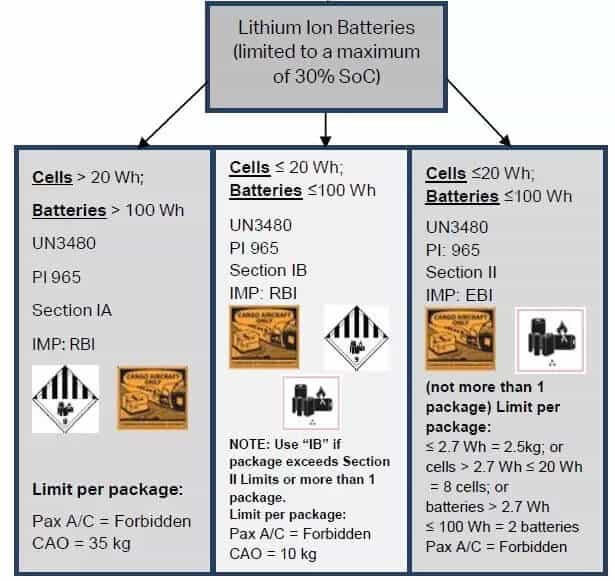
PI966
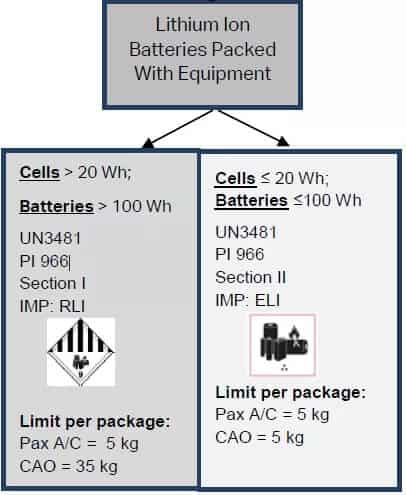
PI967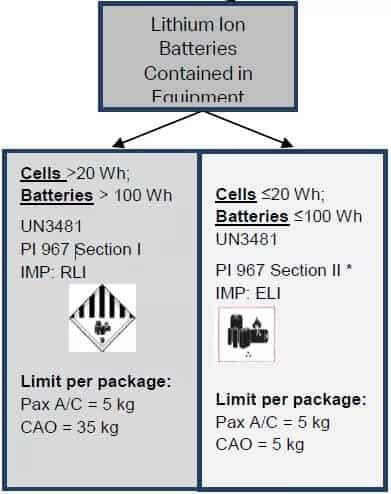
PI968
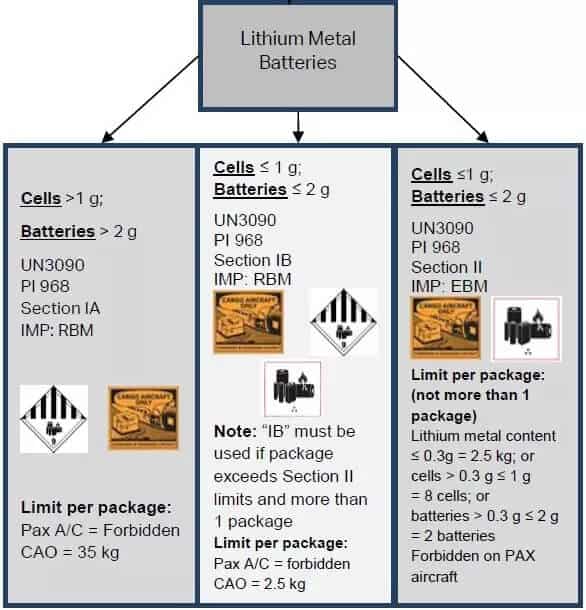
PI969
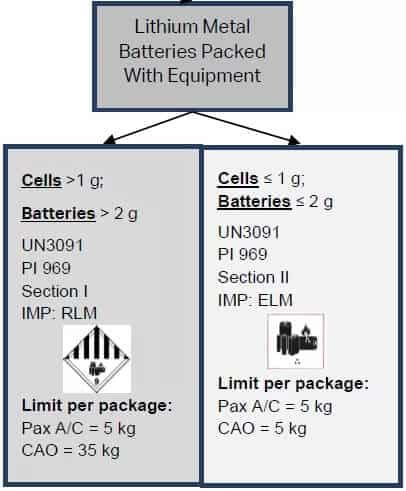
PI970
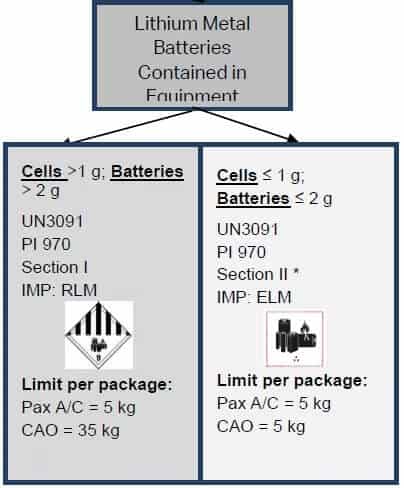
Winsky Freight provides professional dangerous shipping services from China for packing, documentation, storage, and delivery of moving dangerous goods, safely and efficiently,
If you need any support for Dangerous Goods shipping from China, pls feel free to contact us by sales@winskyfreight.com or leave a comment below, we will reply you in the same day.
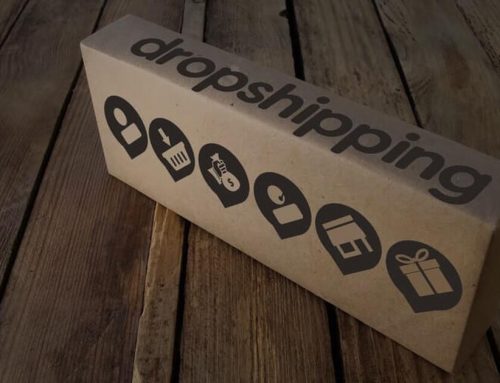
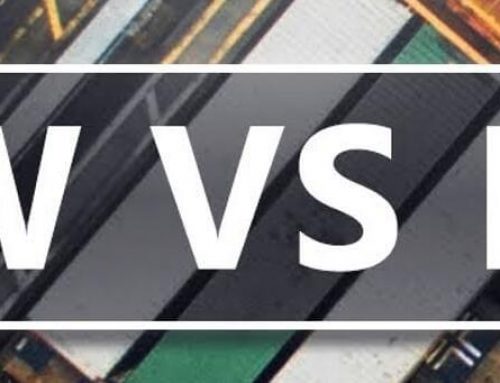
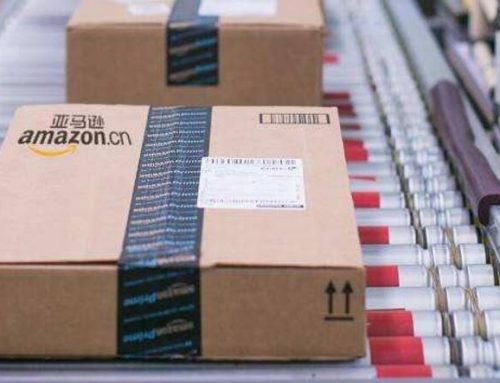

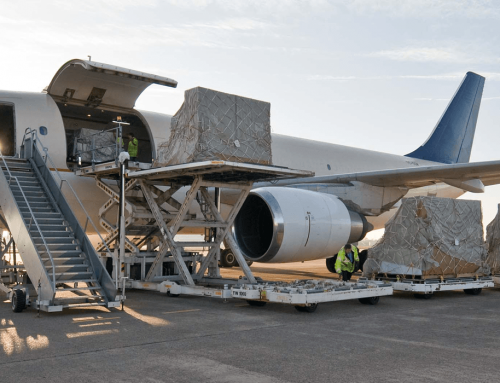
Leave A Comment